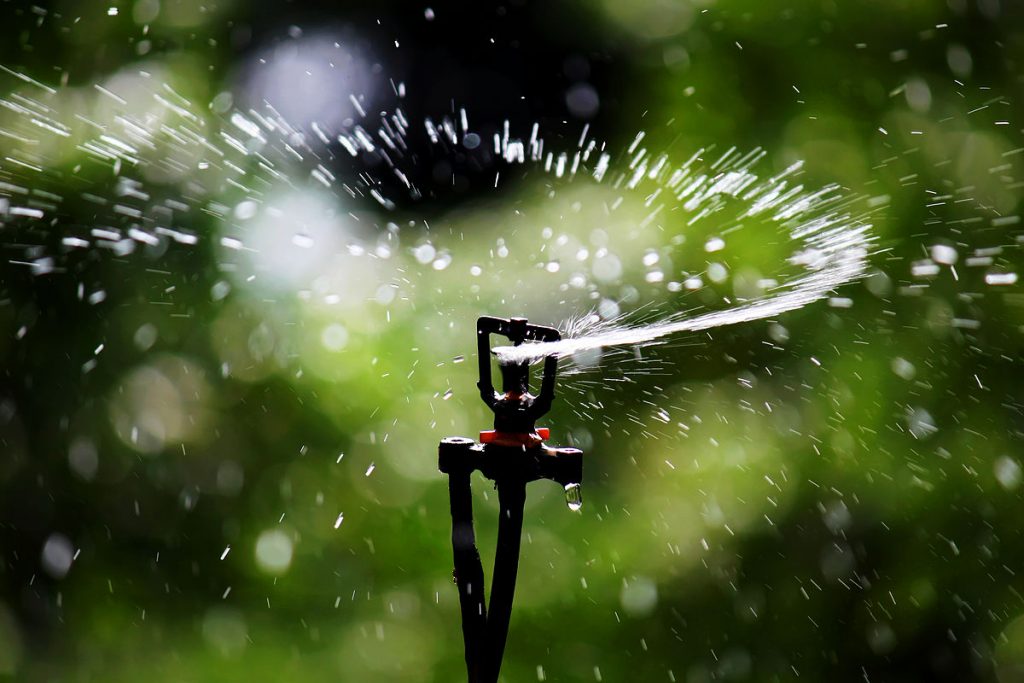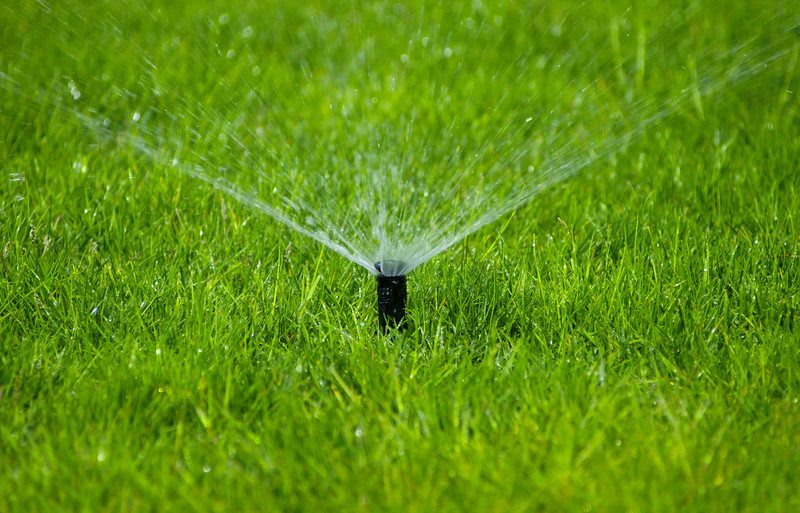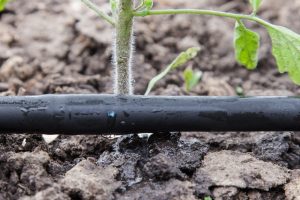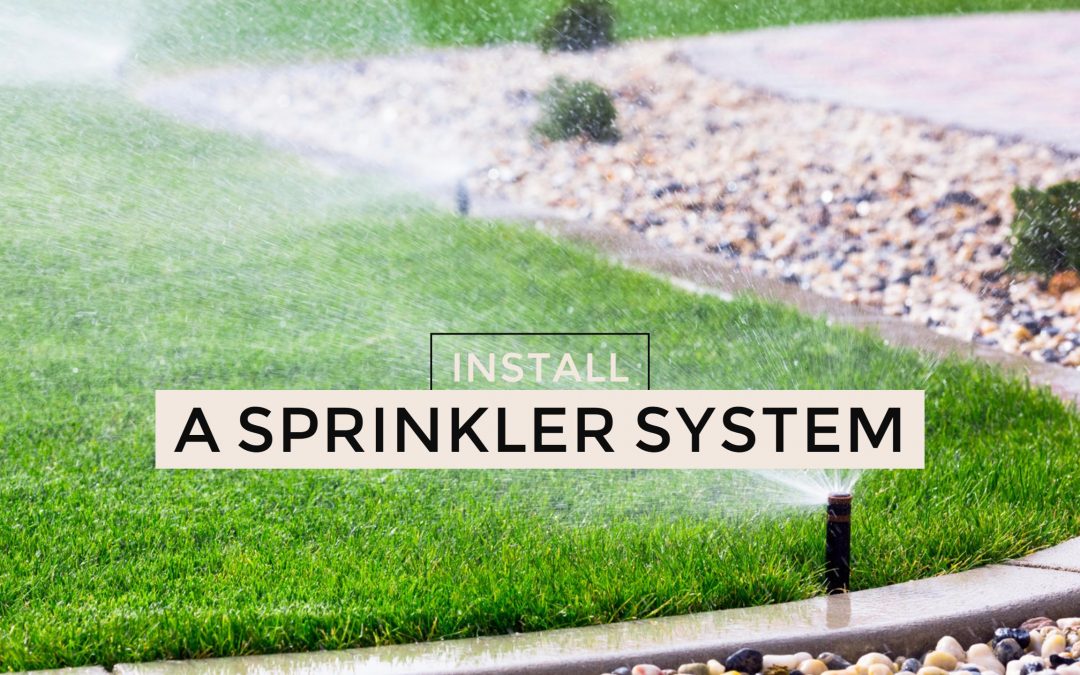Improve Your Lawn & Gardens with Sprinkler Systems
If you want to enjoy a lush landscape throughout the growing season, sprinkler systems may be just the thing for you. Lawn and garden irrigation, one way or another, is an essential part of caring for your landscape, and sprinkler systems make it just that much easier — especially here in Florida.
Regardless of whether you’re plotting out a new landscape for your home or are looking for easier, more cost-efficient ways to care for your existing landscape, understanding the kinds of sprinkler systems that are available and how they differ can help you choose the best option for your situation.
In this post, we’ll touch on the three common kinds of sprinkler systems and their unique features.
Rotor Systems
Rotor-type sprinklers apply water by use of a rotating head (and are identified by their moving streams of water). More than likely you’ve seen one of these kinds of sprinkler systems in action – and you can pick out one of the older varieties by its sound alone (think “chooka-chooka-chooka-tic-tic-tic-tic”).
Rotor systems typically cover an area of 10-40 feet and are placed about 20-50 feet apart or so, depending on the type. Their bodies can be either of the shrub or pop-up style. Pop-up heads help prevent accidental trips and falls — and because they’re underground unless they’re being used, they also prevent accidental damage from lawn equipment.

Rotor Sprinkler
With pop-up heads, be aware that different pop-up head heights are available for different applications (your grass variety, shrub type or groundcover applications can require different heights). These heights can vary from 3″ to 12.”
Shrub-style heads are mounted above ground (up to 3′ or so) and are positioned to spray water over taller, denser shrubs.
Spray Head Sprinkler Systems
Spray head sprinkler systems distribute their water in a pattern, typically a circle. Because the pattern is constant (unlike with the rotor system), this kind of irrigation system has a high application rate. Due to this application rate, spray head systems are best for more absorbent, flatter grounds where run-off is less of an issue.

Spray Head Sprinkler
Like rotor systems, spray head systems can be installed with pop-up heads or freestanding heads.
Drip Watering Systems
Drip systems tend to make the best use of water, as they apply water directly to the soil or subsurface root zone, which reduces evaporation. Drip watering systems consist of hoses or tubing with small holes so that water slowly “drips” or sweats out – hence the name. This is the oldest method of irrigation, having gotten its roots in ancient China, where clay pots filled with water were buried underground. Drip watering systems can be as simple as a soaker hose setup laid out around your garden or buried under your garden’s mulch. For a more complex setup, you can add timers and risers.

Lowes has some good information on drip systems and a video on installation here.
We’re also proponents of using rain barrels for drip irrigation, when possible. Rain barrels can:
- supply water for your drip irrigation system
- help manage standing water or drainage issues in your yard
- save you money while helping to conserve natural resources
That’s a triple win!
Why Irrigate?
Simple: Irrigation maintains healthy landscapes and conserves water, if done correctly.
We here at Roedell’s Landscaping design irrigations systems specific to your landscape needs. These custom-designed systems use the latest technology to maintain an optimal water supply to your landscapes and gardens and provide:
- Intelligent water usage designed to save money
- Improved health and sustainability in and for your landscape
- Protection for your investment
If you’d like an estimate, feel free to contact us here.

